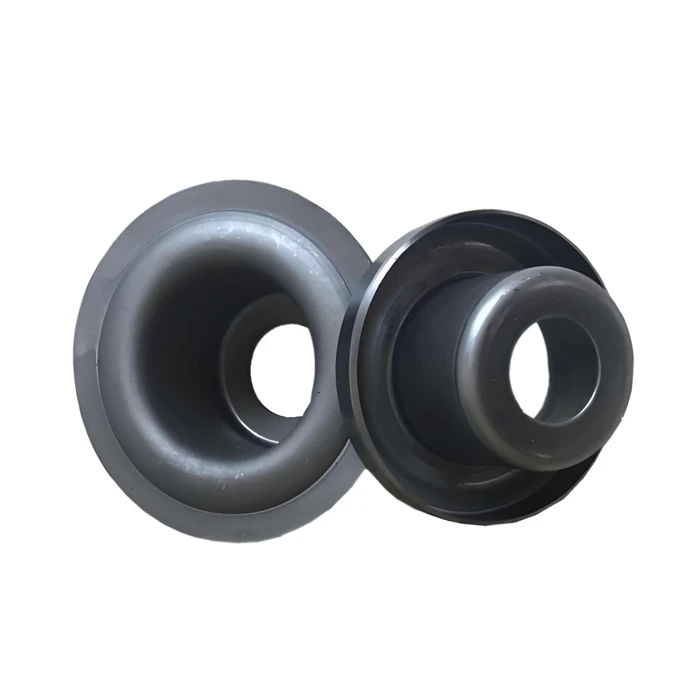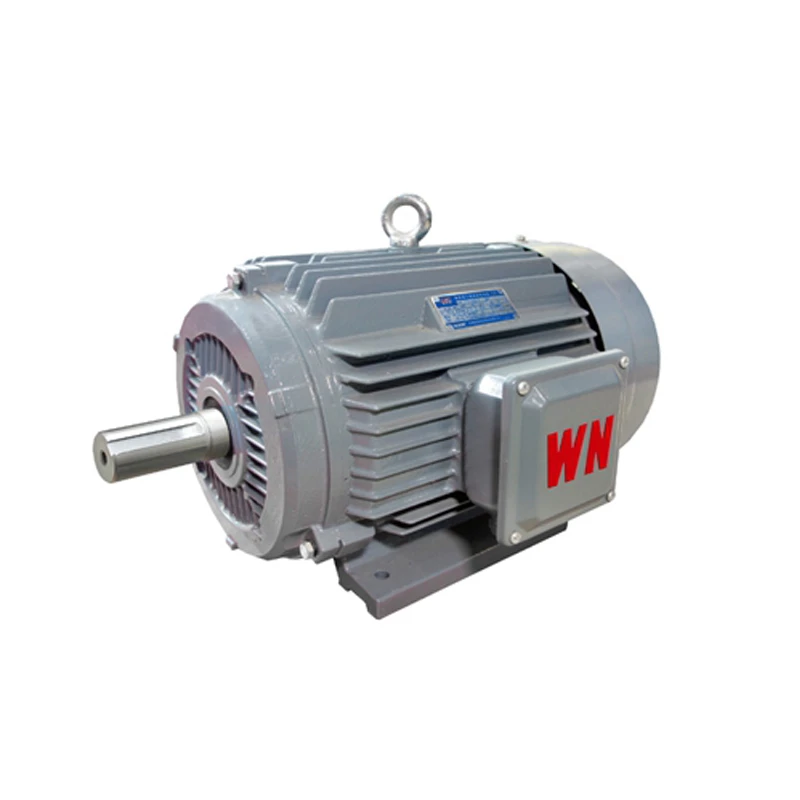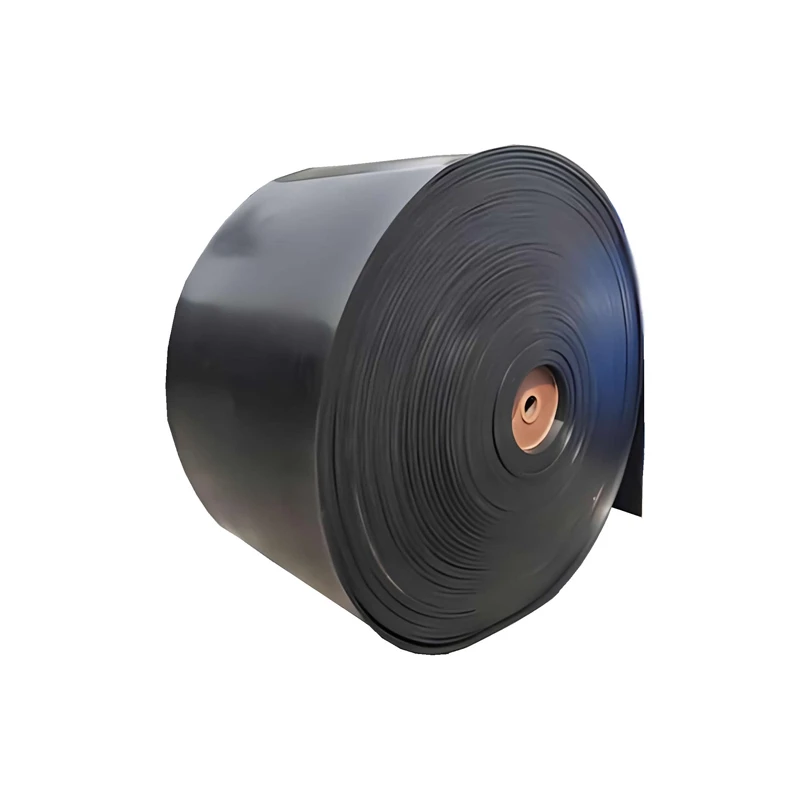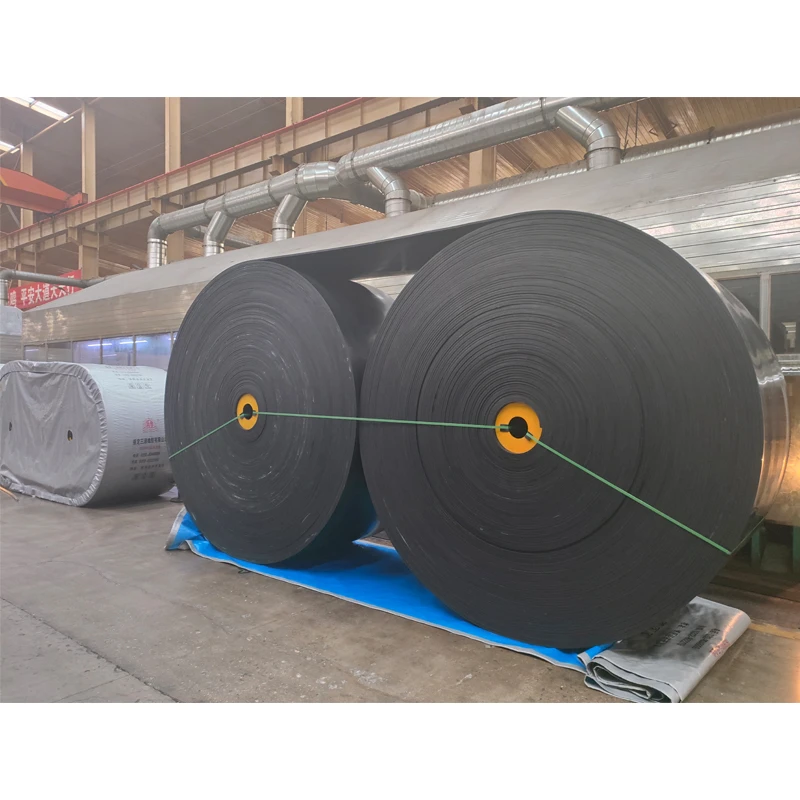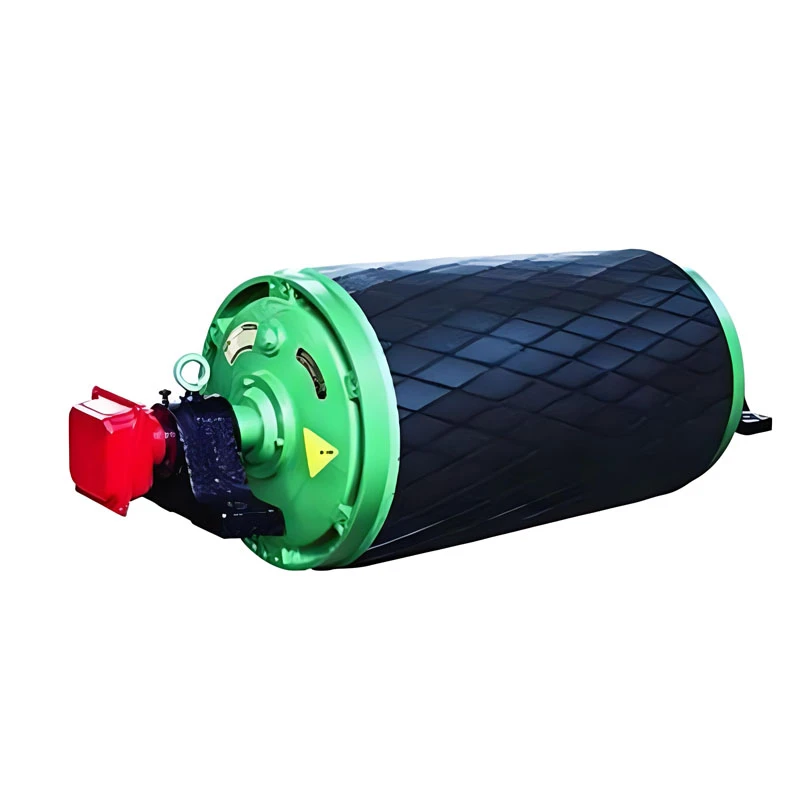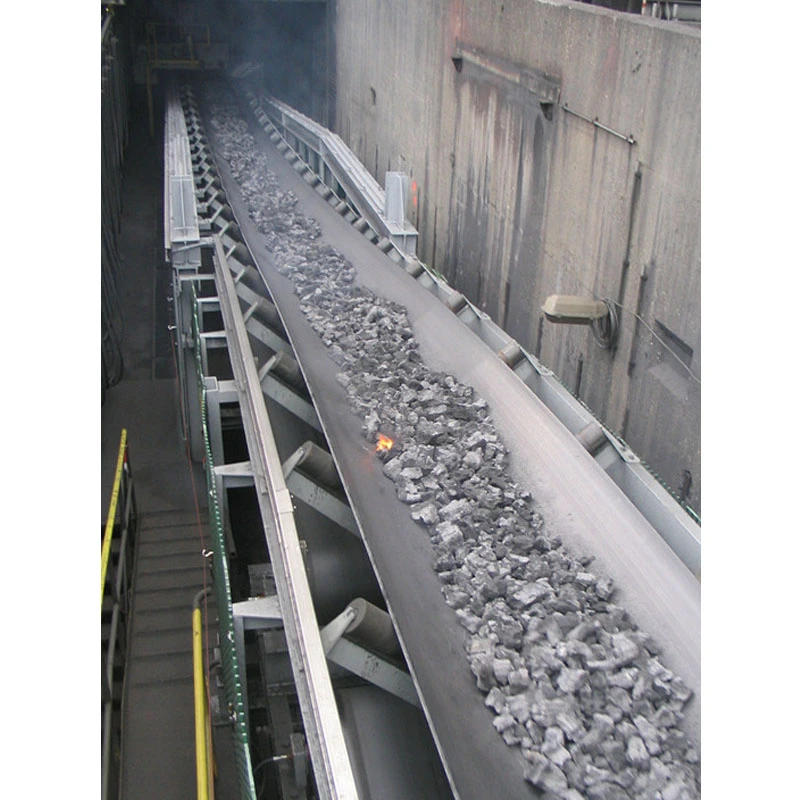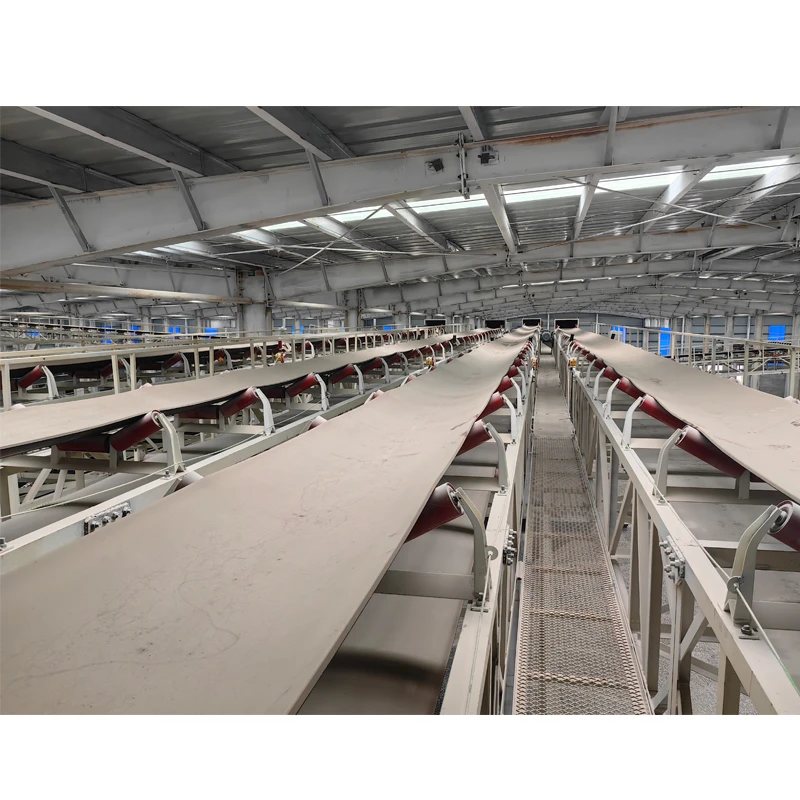In industries that involve bulk materials—like mining, recycling, food processing, or manufacturing—metal contamination can pose serious problems. That’s where conveyor magnets and magnetic conveyor belts play a critical role. These systems are designed to extract or secure ferrous metals during material transport, ensuring product purity, protecting downstream equipment, and improving safety.
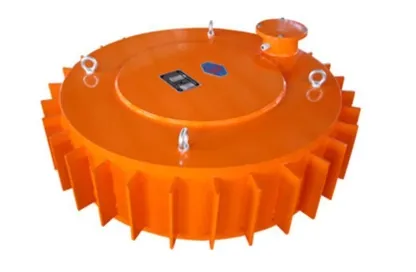
If you’re sourcing industrial conveyor magnets, comparing system types, or looking for the right solution and magnetic conveyor belt price, this guide breaks down what you need to know.
What Are Conveyor Magnets?
Conveyor magnets are magnetic components installed over, under, or within conveyor systems to attract and remove ferrous metal contaminants from the material flow. They can be used to:
Separate scrap metal from waste streams
Protect crushers, grinders, or granulators from metal damage
Transport metal parts securely on inclined conveyors
Purify raw materials in food or chemical processing
Recover valuable metals from slag or ore
These magnets can be mounted in several configurations depending on the application and space constraints.
Magnetic Conveyor Belt Systems
A magnetic conveyor belt integrates permanent magnets or electromagnets directly into or underneath the belt system. These conveyors are often used to carry, lift, or separate ferrous materials without slippage.
Magnetic conveyor belt types include:
1. Overhead Magnetic Separator
Suspended above a standard belt conveyor
Removes tramp metal from non-magnetic materials (e.g., coal, gravel, grains)
Ideal for mining, recycling, and aggregate industries
2. Magnetic Head Pulley
Replaces the drive pulley at the end of a conveyor
Automatically separates metal from product flow during discharge
Cost-effective and low-maintenance
3. Magnetic Slide Conveyor
Fully enclosed chute with a steel belt and integrated magnets
Designed to handle sharp, oily, or abrasive metal scrap
Common in stamping or machining operations
4. Magnetic Transfer Conveyor
Moves ferrous components vertically or over gaps using embedded magnets
Used in automotive, tool manufacturing, and canning lines
5. Trough Belt with Magnetic Bed
A standard conveyor with a magnetic plate underneath
Ensures ferrous items are held securely, even on steep inclines
Applications of Industrial Conveyor Magnets
Industrial conveyor magnets are essential in sectors that need metal separation, detection, or secure transport:
Mining & Quarrying: Remove tramp iron before crushers
Scrap & Recycling: Separate steel cans, rebar, nails, or tools
Food & Pharma: Ensure product purity by eliminating metal fragments
Metal Stamping: Transfer oily steel scrap safely
Plastic & Rubber: Prevent metal from damaging grinders or extruders
Wood Processing: Extract nails and screws from pallet wood or timber feedstock
Magnetic Conveyor Belt Price (2025 Estimates)
Pricing depends on belt width, magnet strength, type (permanent vs. electro), and installation design.
|
Conveyor Magnet Type |
Size/Spec Example |
Price Range (USD) |
|
Overhead magnetic separator |
24” × 36”, permanent |
$2,000 – $6,000 |
|
Magnetic head pulley |
12” dia × 36” width |
$1,000 – $3,500 |
|
Magnetic slide conveyor |
300mm wide × 2m length |
$4,000 – $8,500 |
|
Magnetic transfer belt |
Custom-built, embedded magnets |
$3,000 – $9,000+ |
|
Bulk orders (5+ units) |
Custom sizes |
10–20% discount per unit |
Electromagnetic systems or high-temperature versions will cost more due to added controls and insulation.
What to Consider Before Buying
When selecting a magnetic conveyor belt or magnet system, assess:
Type of material being transported (bulk, powder, granular, sharp, oily)
Particle size and shape of the metals to be removed
Installation environment (dry, wet, hot, or dusty)
Required magnet strength (Gauss rating)
Belt speed and width
Spacing between magnet and material layer
Permanent vs. electromagnetic systems – permanent = low maintenance; electro = adjustable power
You may also want add-ons like:
Self-cleaning mechanisms
Integrated metal detectors
Custom chute or discharge directions
Variable frequency drive (VFD) controls
Sourcing Conveyor Magnets in Bulk
For system integrators, large plants, or OEMs, sourcing in conveyor bulk quantities has key benefits:
Consistent pricing for large projects
Shorter lead times for repeat orders
Custom designs based on existing equipment layout
Private labeling or branded product options
Single-vendor sourcing for maintenance and parts
Many conveyor magnet manufacturers offer design assistance, 3D models, and site-specific guidance to ensure optimal layout and performance.
Magnetic Conveyor FAQs
Q1: What’s the difference between a magnetic head pulley and an overhead separator?
A: A head pulley is part of the conveyor system and removes metal during discharge. An overhead separator is mounted above the belt and lifts metal from the surface during transport.
Q2: Do magnetic conveyor belts need power?
A: Permanent magnetic conveyors do not require external power. Electromagnetic conveyors need electrical input but allow on/off control and adjustable strength.
Q3: Can magnetic conveyors handle non-metallic materials?
A: Yes, but only if the goal is to separate embedded ferrous metals. For pure non-metallic product transport, standard conveyors are more cost-effective.
Q4: What maintenance is required for conveyor magnets?
A: Most permanent magnets are maintenance-free. Clean them regularly to remove buildup. Self-cleaning separators use a belt system to remove debris automatically.
Q5: Where can I find reliable industrial conveyor magnets?
A: Reputable manufacturers specialize in magnetic separation and custom conveyor systems. Look for companies that offer performance guarantees, support services, and references in your industry.

